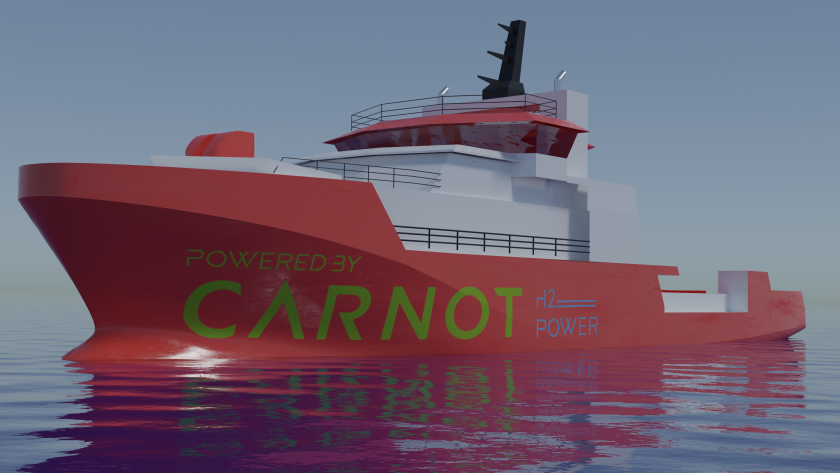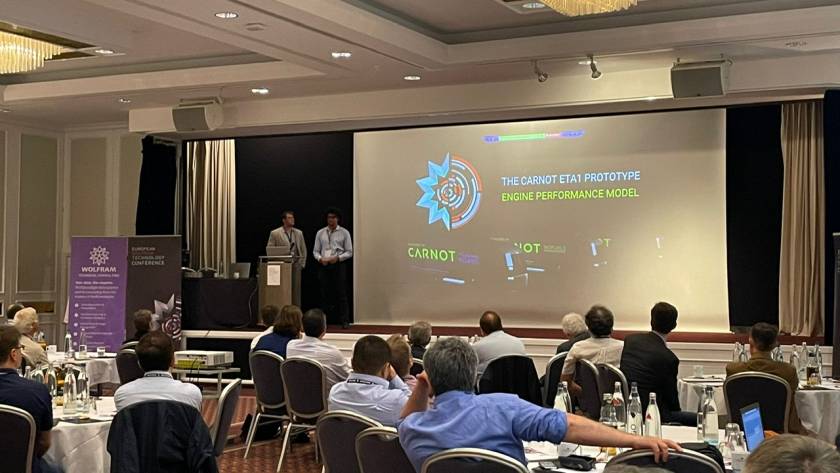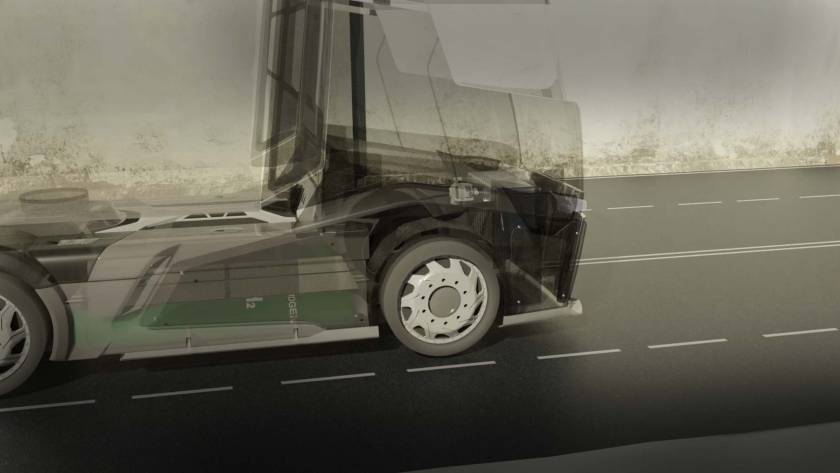Skip to content
Skip to sidebar
Skip to footer
Carnot is leading a consortium to decarbonise Auxiliary Power in marine applications
We are delighted to announce Carnot is leading a consortium which has won a £500,000 Clean Maritime Demonstrator Competition 2 Grant to develop a Hydrogen/Ammonia fuelled, Auxiliary power unit for the maritime industry. Following the successes from our first CDMC grant, the…
Zero emission auxiliary engine
As society becomes increasingly aware of our environmental footprint, global industries are coming under unprecedented pressures to chart a course to a sustainable future. Shipping, the backbone of the global economy, delivers over 90% of global trade or 11 billion tons of goods annually and does so at incredibly low cost…
One of the key reasons for the rapid pace of Carnot's engine development has been our unique approach to development. In order to increase both the quality and speed of innovation, we deploy a wide range of modelling and simulation analysis.
In order to guarantee the highest quality results, we go all the way back to…
T he automotive Industry had a somewhat ‘Big Bang’ like origin. From some relatively controlled explosions in the late 18th century bloomed a now multi billion dollar industry that almost every human relies on. Whether your mowing your lawn, taking the train to work or making the long drive to see your in-laws, the chances…
Following Volvo’s declaration in July 2017 that it would stop designing combustion engine cars by 2019 and the UK’s announcement shortly afterwards that all new cars must be zero-emission by 2040, The Economist ran an article-cum-obituary about the internal combustion engine proclaiming “the end is in sight for the machine that changed the world”. A…
Carnot have partnered with Oz Minerals to develop zero emission off-grid power. One of the key sources of emissions for Oz Minerals is the diesel generators that are needed to provide remote power at the mines. Oz Minerals are exploring hydrogen as a potential solution to avoid those emissions and selected Carnot as their partner…






